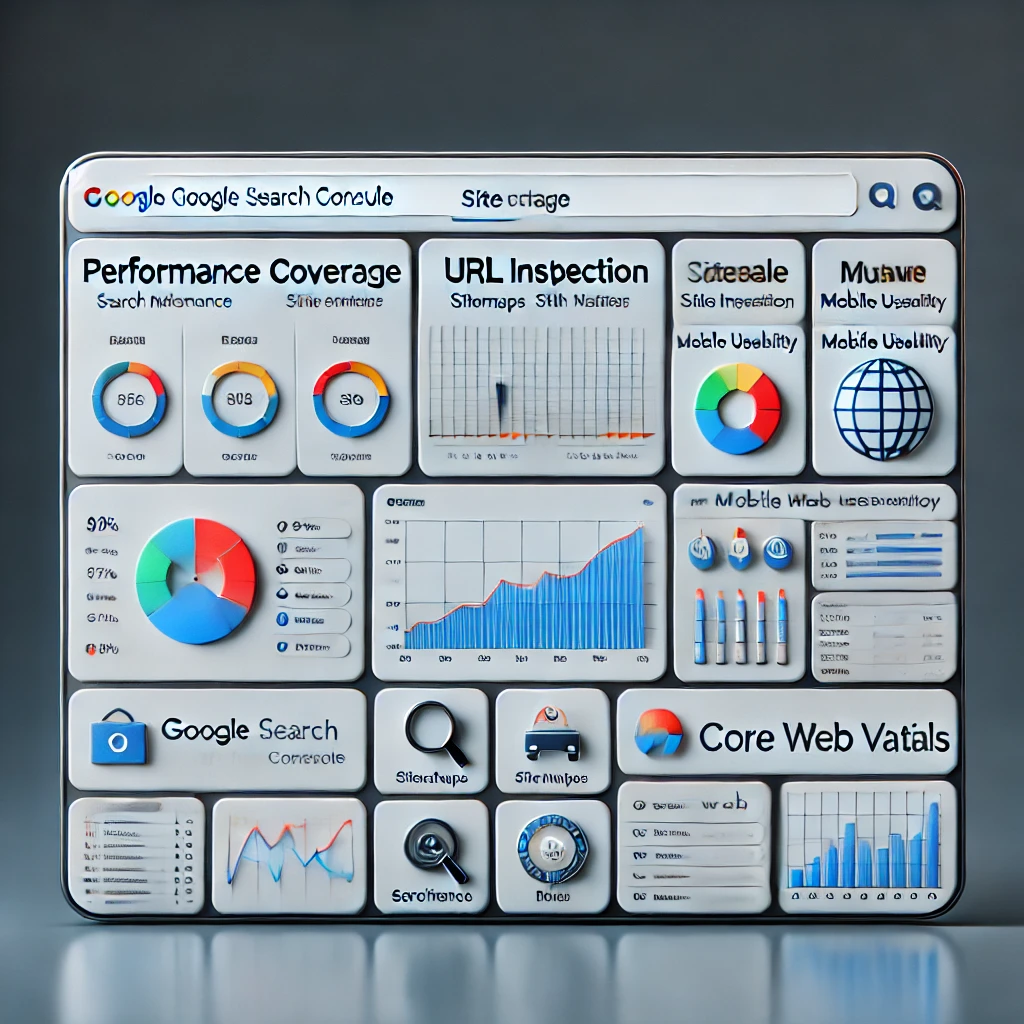Google Ads is one of the most powerful tools for online advertising, helping businesses of all sizes reach their target audience effectively. However, for beginners, it can be a daunting platform to navigate. This guide will demystify Google Ads and provide you with actionable insights to launch and manage your first campaign successfully.
Understanding Google Ads
Google Ads (formerly Google AdWords) is a pay-per-click (PPC) advertising platform that allows businesses to create ads and display them on Google’s search engine results pages (SERPs), YouTube, and other partner websites. Advertisers bid on keywords, and when a user searches for those keywords, the ads appear. Advertisers pay only when a user clicks on their ad.
Key Components of Google Ads:
- Campaigns: The highest level of organization in Google Ads. Each campaign has a goal, such as sales, leads, or website traffic.
- Ad Groups: Subsections of a campaign that group related ads and keywords.
- Keywords: Words or phrases that trigger your ads when searched.
- Ads: The content users see, including text, images, or videos.
- Budget and Bidding: How much you’re willing to spend daily and per click.
Why Use Google Ads?
- Wide Reach: Google processes over 8.5 billion searches daily, offering unparalleled access to potential customers.
- Targeted Advertising: Reach specific demographics, locations, and even devices.
- Measurable Results: Track performance metrics like impressions, clicks, and conversions in real-time.
- Flexibility: Adjust campaigns, budgets, and targeting options on the fly.
- Cost-Effectiveness: Pay only for clicks, ensuring your budget goes directly toward engaged users.
Setting Up Your First Google Ads Campaign
- Create a Google Ads Account:
- Go to Google Ads and sign in with your Google account. Follow the prompts to set up your account.
- Define Your Campaign Goal:
- Choose a goal that aligns with your business objectives: sales, leads, website traffic, product promotion, etc.
- Select a Campaign Type:
- Search Campaigns: Ads appear on Google’s SERPs.
- Display Campaigns: Visual ads on Google’s partner websites.
- Shopping Campaigns: For promoting eCommerce products.
- Video Campaigns: Ads on YouTube.
- App Campaigns: Drive app downloads and engagement.
- Set Your Budget:
- Decide on a daily budget and bidding strategy. Beginners can use automated bidding, where Google optimizes bids to achieve your campaign goals.
- Choose Your Target Audience:
- Define who sees your ads based on factors like location, language, age, gender, and interests.
- Select Keywords:
- Use Google’s Keyword Planner to find relevant keywords with high search volume and low competition.
- Write Your Ad Copy:
- Create compelling headlines and descriptions. Highlight your unique value proposition and include a clear call-to-action (CTA).
- Set Up Tracking:
- Use Google Analytics and conversion tracking to monitor performance.
- Launch Your Campaign:
- Review all settings, ensure everything is accurate, and click “Publish.”
Optimizing Your Google Ads Campaign
Running a Google Ads campaign is not a “set-it-and-forget-it” process. Continuous optimization is key to achieving the best results.
- Monitor Performance Metrics:
- Impressions: How often your ad is shown.
- Clicks: How often users click on your ad.
- Click-Through Rate (CTR): The percentage of clicks relative to impressions. A high CTR indicates relevance.
- Quality Score: Google’s rating of the quality and relevance of your ads, keywords, and landing pages.
- Conversion Rate: The percentage of clicks that lead to the desired action (e.g., purchase, sign-up).
- Refine Keywords:
- Regularly review keyword performance. Pause underperforming keywords and add new ones.
- Use negative keywords to prevent your ad from appearing in irrelevant searches.
- Test Ad Variations:
- Create multiple versions of your ads to see which performs best. Experiment with headlines, descriptions, and CTAs.
- Improve Landing Pages:
- Ensure your landing pages are relevant, user-friendly, and optimized for conversions. A good landing page improves your Quality Score.
- Adjust Bidding Strategies:
- As you gather data, consider switching to manual bidding for greater control.
- Utilize Ad Extensions:
- Add extra information to your ads, such as phone numbers, site links, or reviews, to make them more appealing.
Common Mistakes to Avoid
- Ignoring Negative Keywords:
- Failing to use negative keywords can waste your budget on irrelevant clicks.
- Setting Unrealistic Budgets:
- Start small and scale as you see results. Avoid overspending early on.
- Not Testing Ad Variations:
- Without A/B testing, you’ll miss opportunities to improve performance.
- Skipping Conversion Tracking:
- Without tracking, you won’t know if your ads are achieving their goals.
- Poor Keyword Selection:
- Avoid overly broad or highly competitive keywords that don’t align with your target audience.
- Ignoring Mobile Users:
- Ensure your ads and landing pages are mobile-friendly, as many users search on mobile devices.
Advanced Tips for Success
- Use Remarketing:
- Target users who’ve interacted with your website but didn’t convert. Remarketing ads keep your brand top-of-mind.
- Leverage Audience Targeting:
- Use custom audiences to target specific user groups based on their interests, behaviors, or past interactions.
- Optimize for Voice Search:
- Include long-tail keywords and natural language phrases to capture voice search traffic.
- Focus on Local Searches:
- For brick-and-mortar businesses, optimize ads for local searches by including location-specific keywords.
- Utilize Google’s Smart Features:
- Use Smart Campaigns and automated tools to simplify management and improve performance.
Measuring Success
Success in Google Ads depends on your specific goals. Common metrics to evaluate include:
- Return on Ad Spend (ROAS): Revenue generated per dollar spent.
- Cost Per Acquisition (CPA): The cost to acquire one customer or lead.
- Conversion Rate: Percentage of ad clicks resulting in a conversion.
- Impression Share: The percentage of total impressions your ads receive compared to competitors.
Regularly review these metrics and adjust your strategy to improve outcomes.
Final Thoughts
Google Ads is an invaluable tool for businesses looking to grow their online presence. While it may seem complex at first, following this guide will help you navigate the platform with confidence. Start small, track your results, and refine your campaigns over time. With persistence and optimization, you’ll unlock the full potential of Google Ads and achieve your marketing goals.












